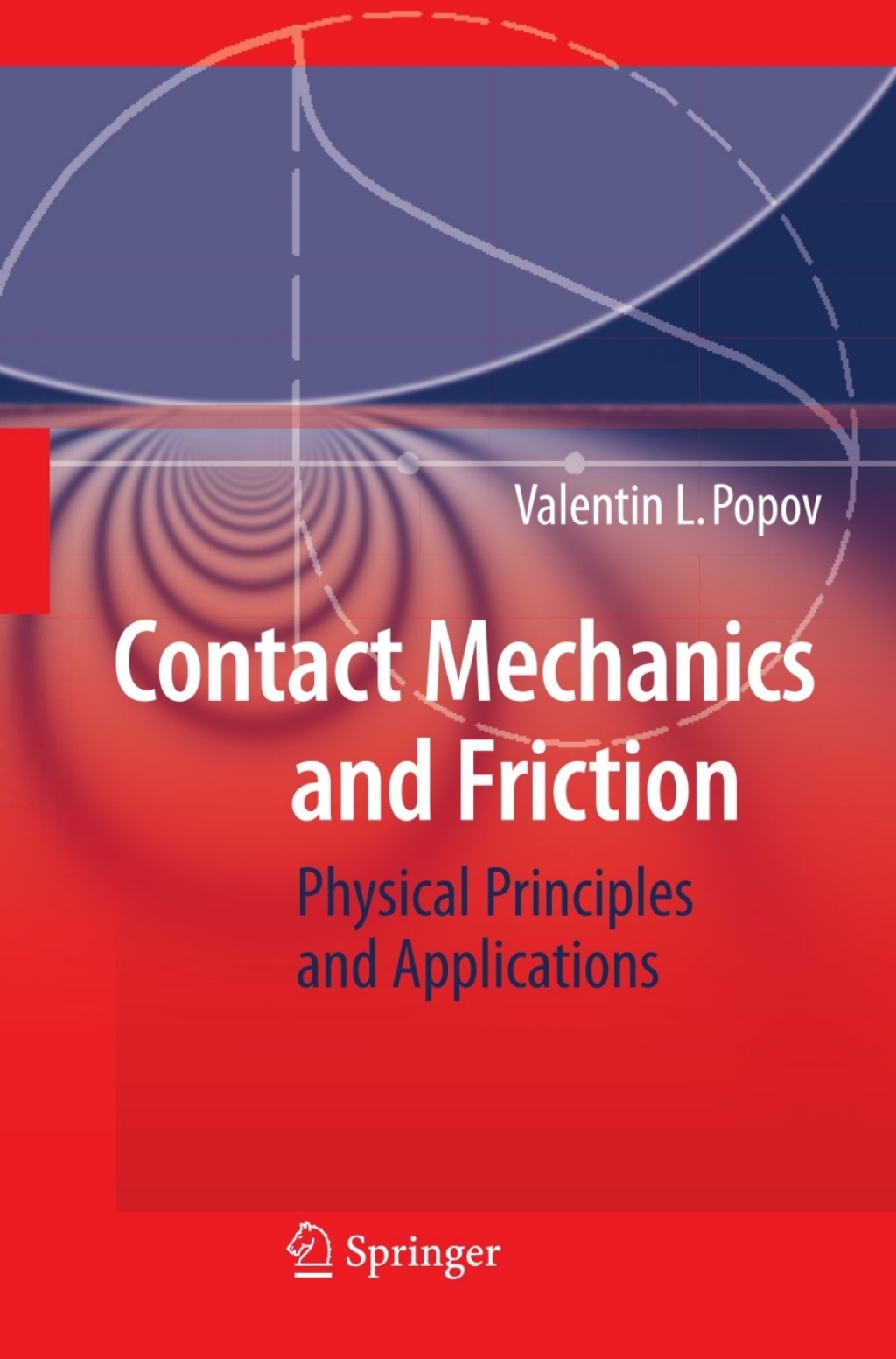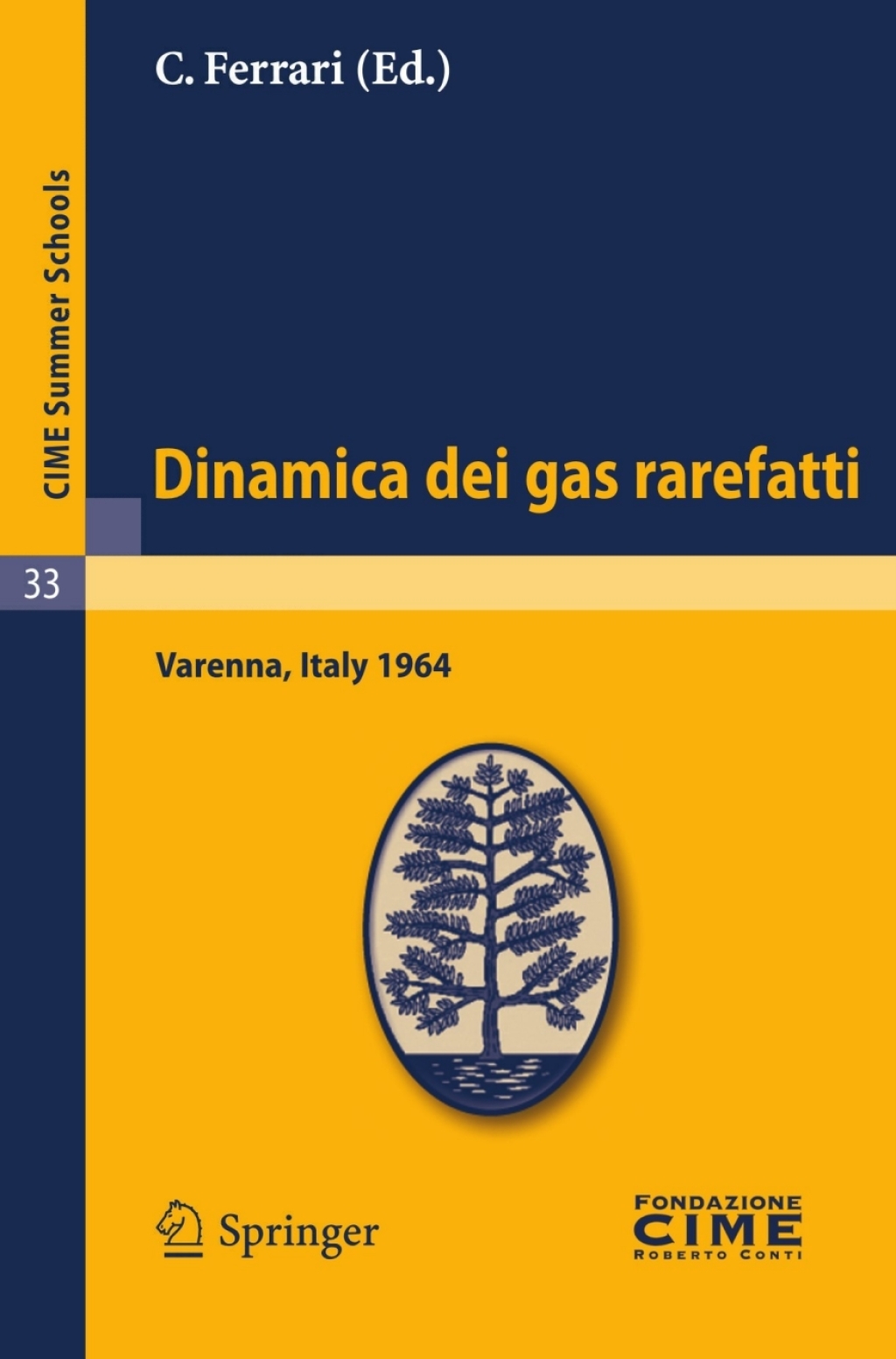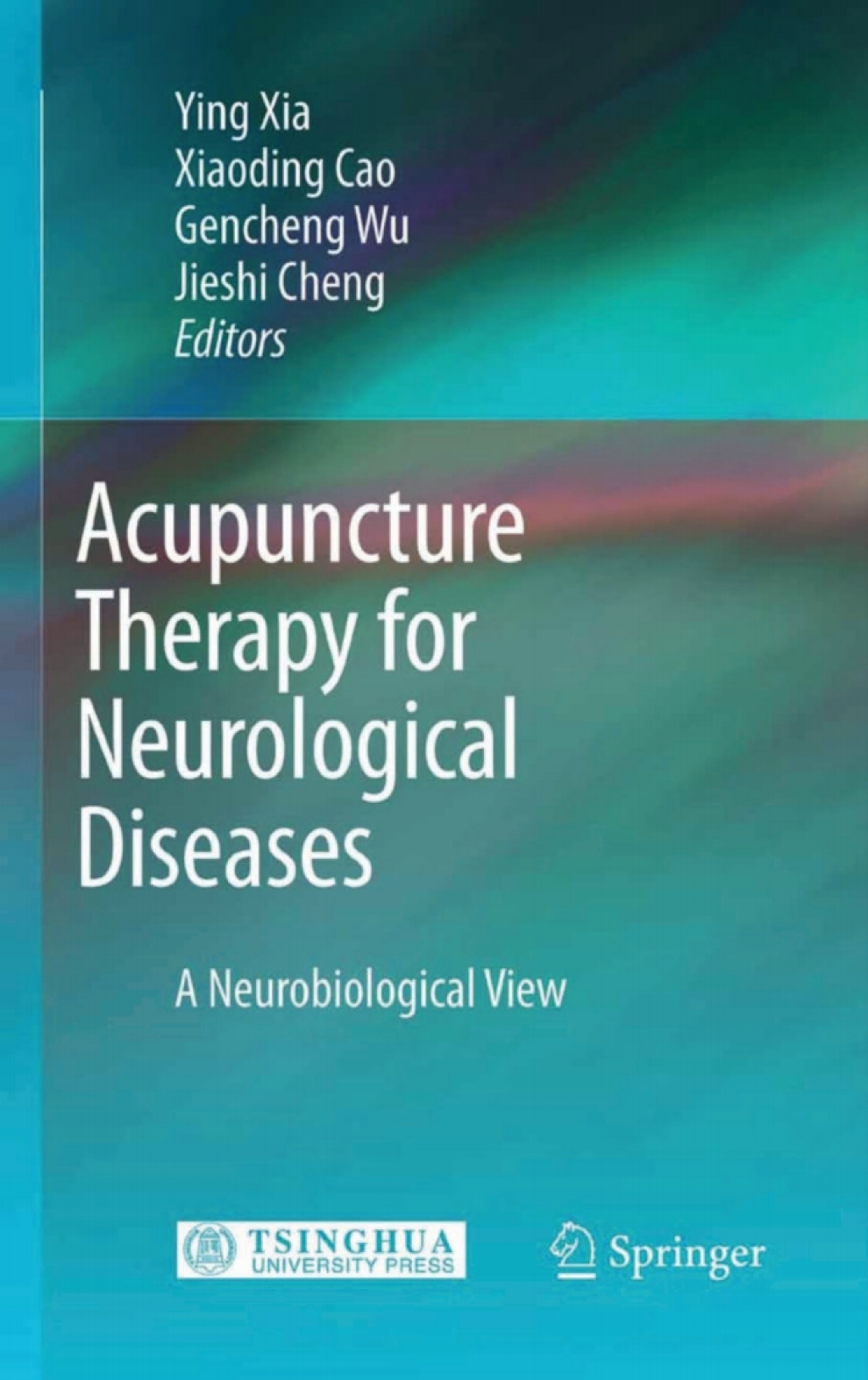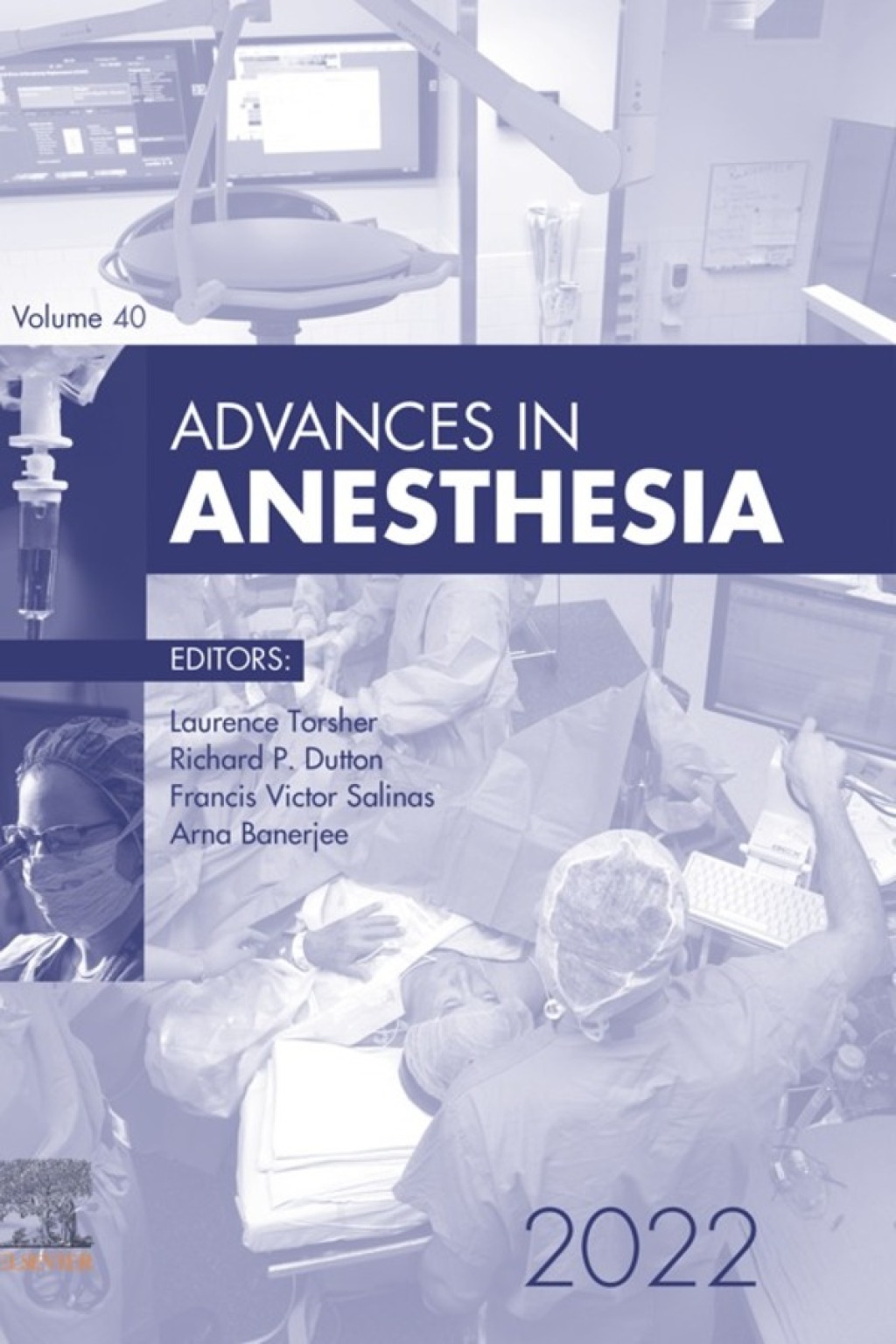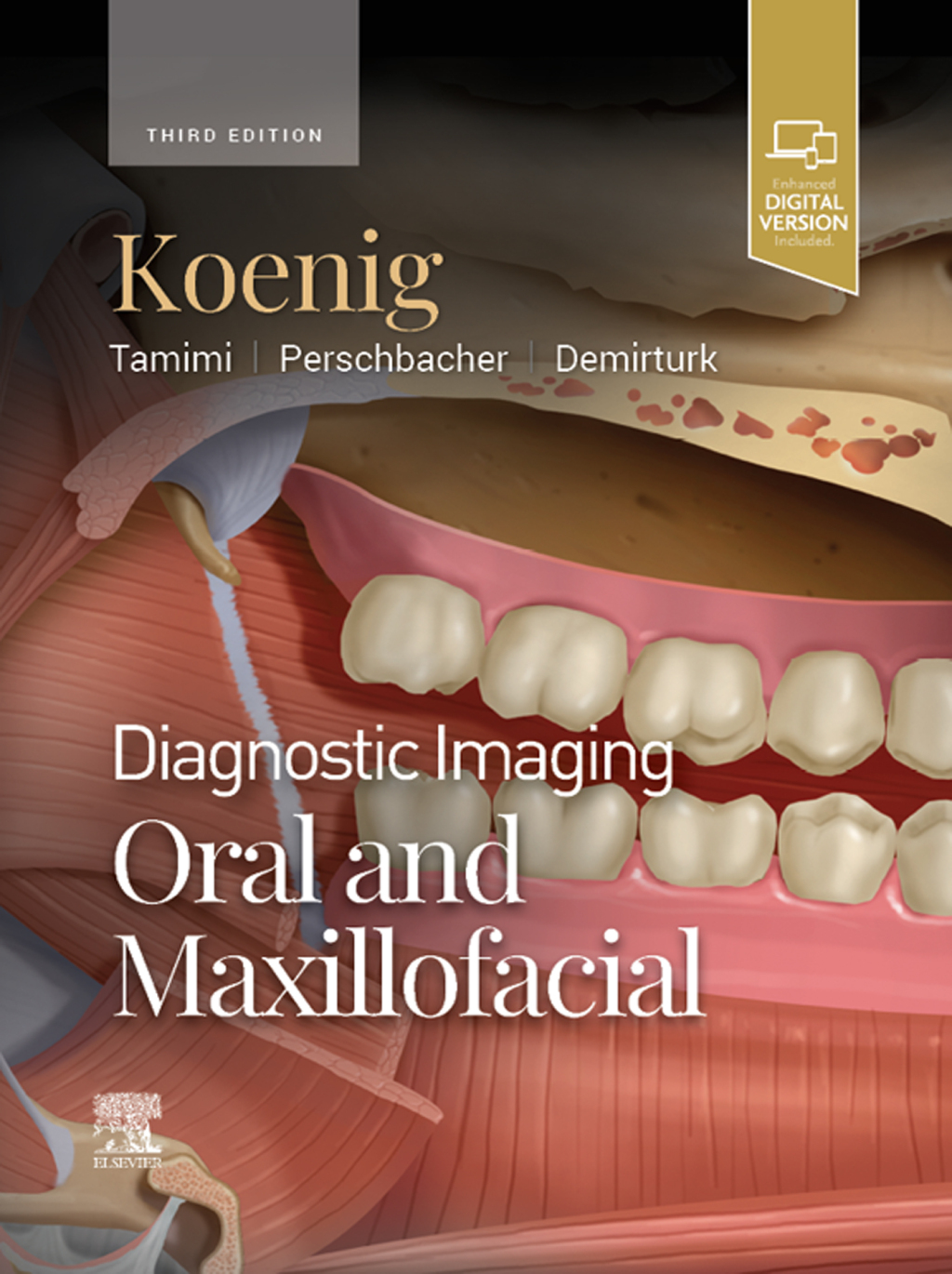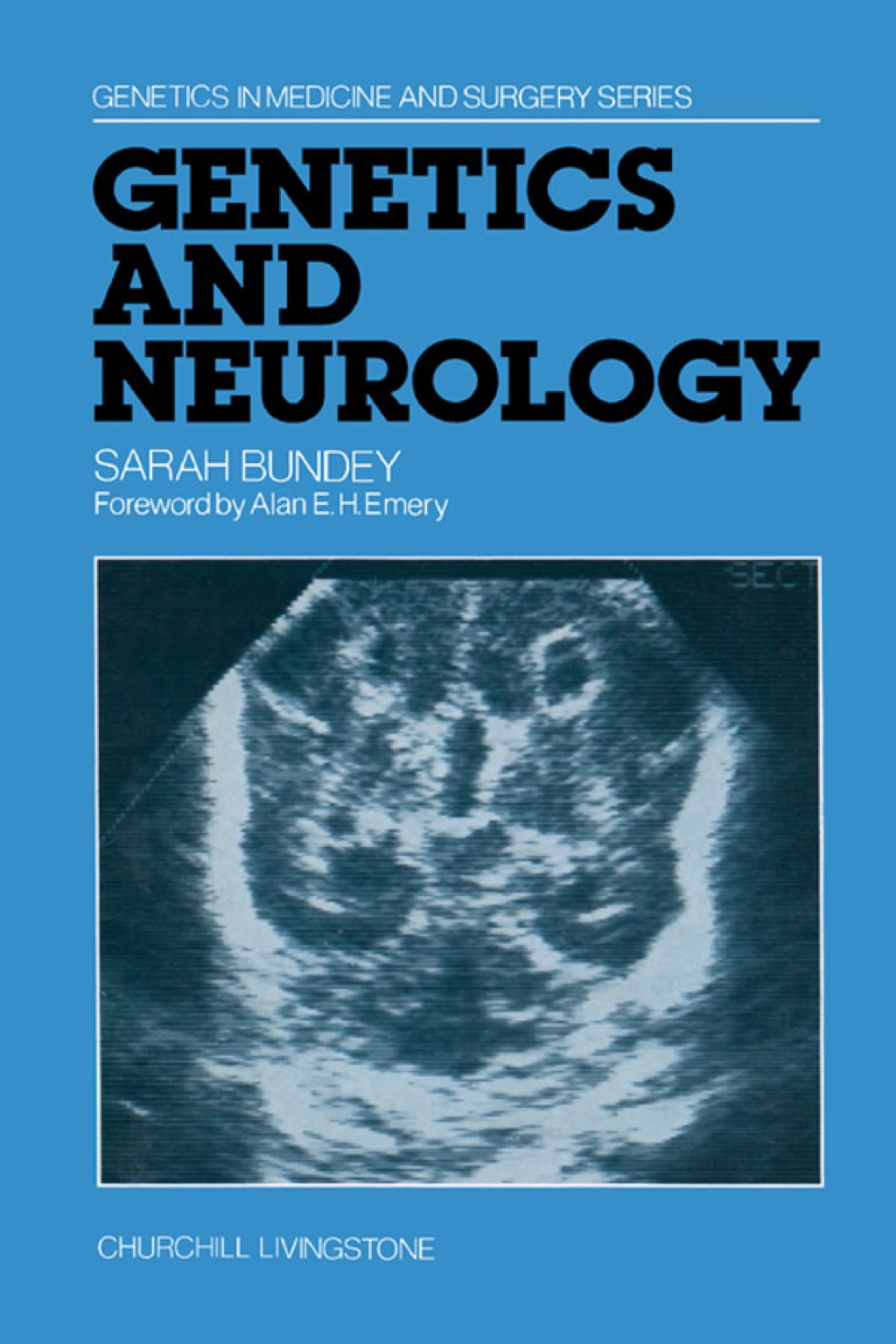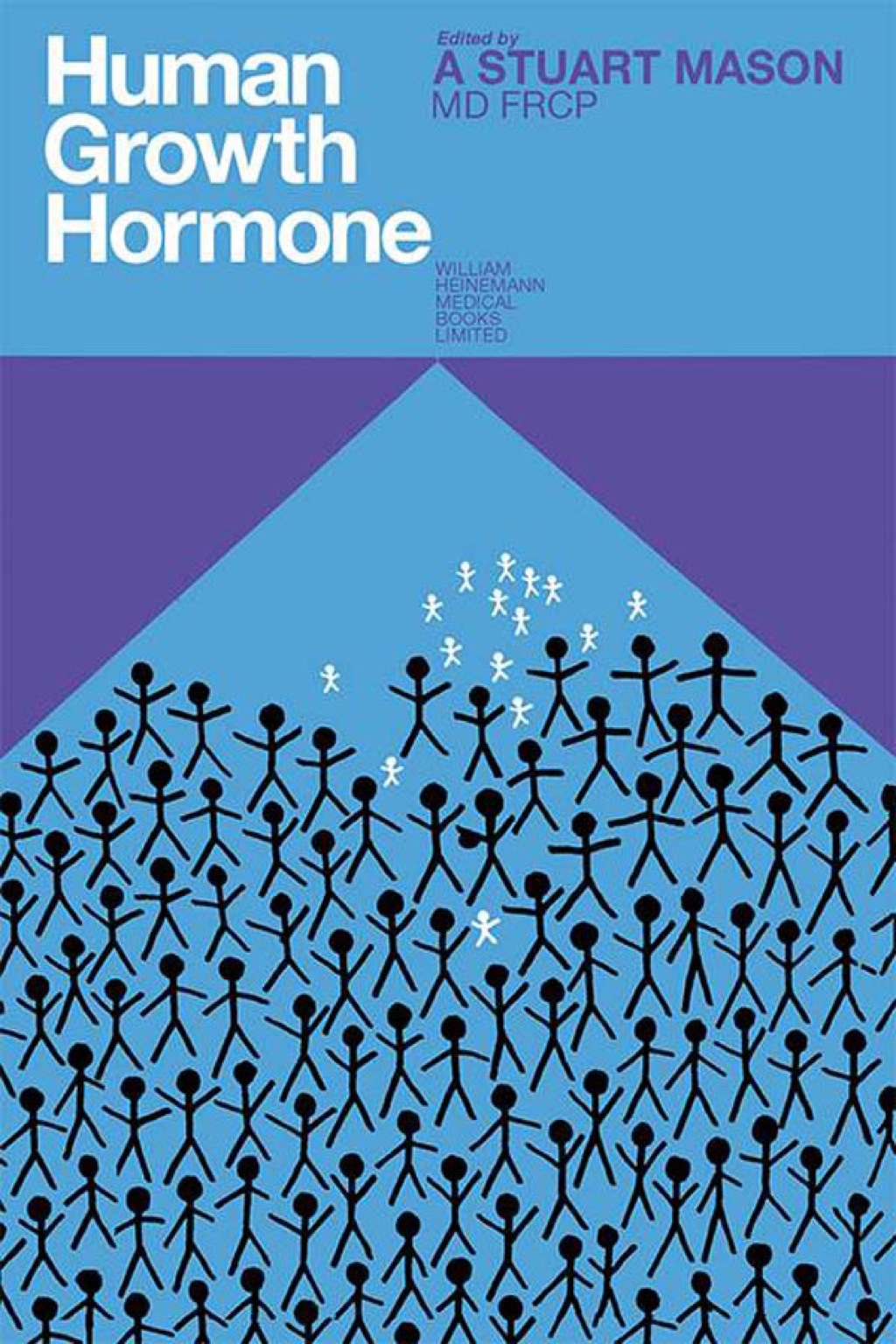Acupuncture therapy has been practiced in China and other Asian countries for more than two thousand years. Modern clinical research has confirmed the impressive therapeutic effect of acupuncture on numerous human ailments, such as controlling pain, nausea, and vomiting. However, the biological mechanisms of acupuncture are still under debate. In Traditional Chinese Medicine (TCM), the mechanism of acupuncture therapy is explained by a meridian model. According to this model, acupuncture is believed to treat the diseased organs by modulating two conditions known as Yin and Yang, which represent all the opposite principles that people find in the universe, both inside and outside the human body. Yin and Yang complement each other, and are subjected to changes between each other. The balance of Yin and Yang is thought to be maintained by Qi, an energy substance flowing constantly through the meridian, a network connecting all the organs of the body. The illness, according to this theory, is the temporary dominance of one principle over the other, owing to the blockade of the Qi from flowing through the meridian under certain circumstance. The axiom of “No stagnation, No pain†in TCM summarizes this concept. Thus, the goal of acupuncture treatment is to restore the balance of Yin and Yang conditions in the diseased organ(s). This theory has been considered to be useful to guide this ancient therapy, such as carrying out diagnosis, deciding on the principle, and selecting the acupoints.
“Kinn’s The Administrative Medical Assistant An Applied Learning Approach 15th Edition” has been added to your cart. View cart
Acupuncture Therapy for Neurological Diseases A Neurobiological View 1st Edition
Author(s): Ying Xia; ‎Xiaoding Cao; ‎GenCheng Wu
Publisher: Springer
ISBN: 9783642108556
Edition: 1st Edition
$39,99
Delivery: This can be downloaded Immediately after purchasing.
Version: Only PDF Version.
Compatible Devices: Can be read on any device (Kindle, NOOK, Android/IOS devices, Windows, MAC)
Quality: High Quality. No missing contents. Printable
Recommended Software: Check here

